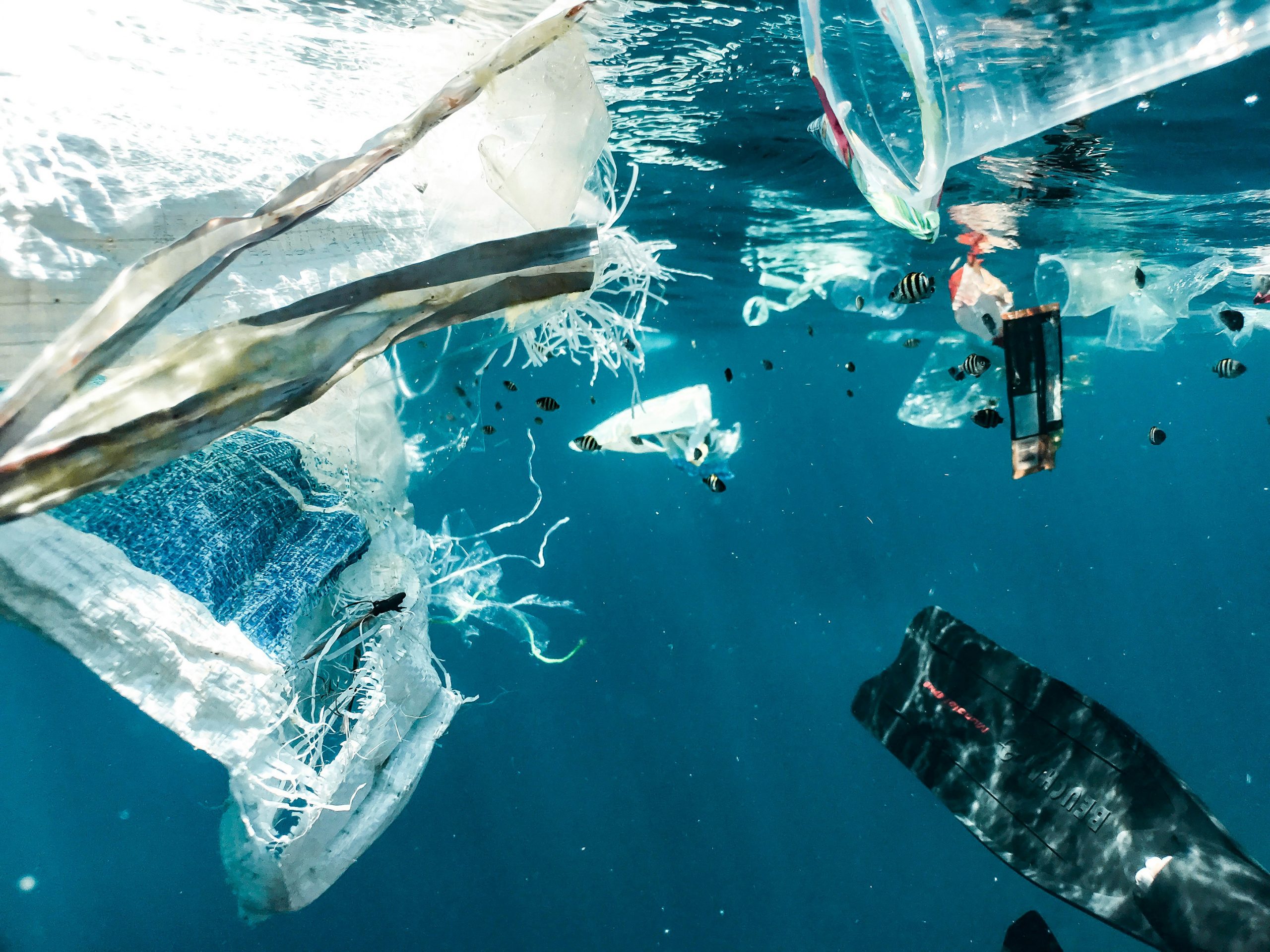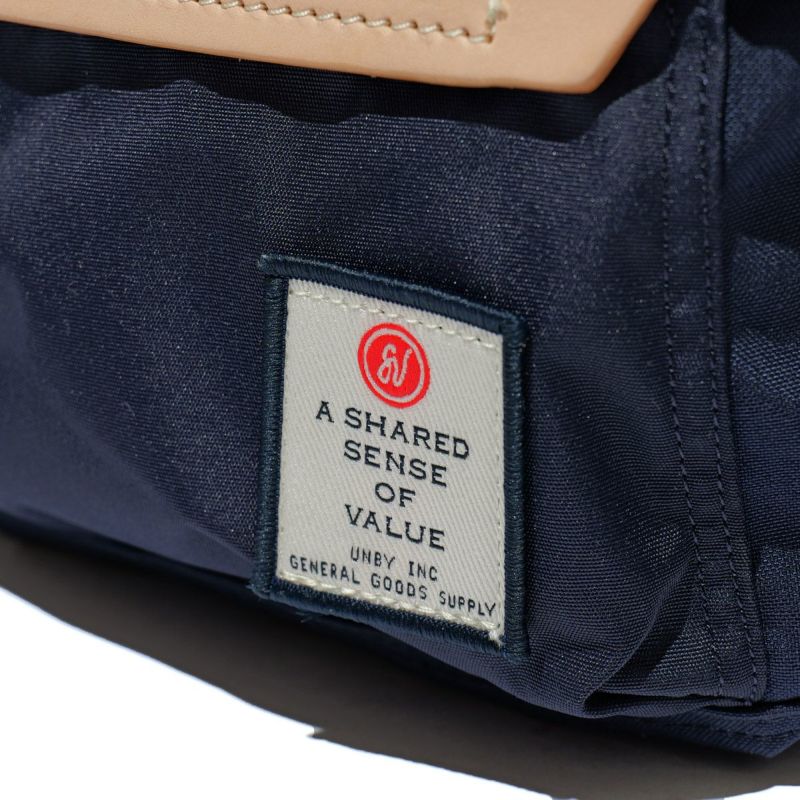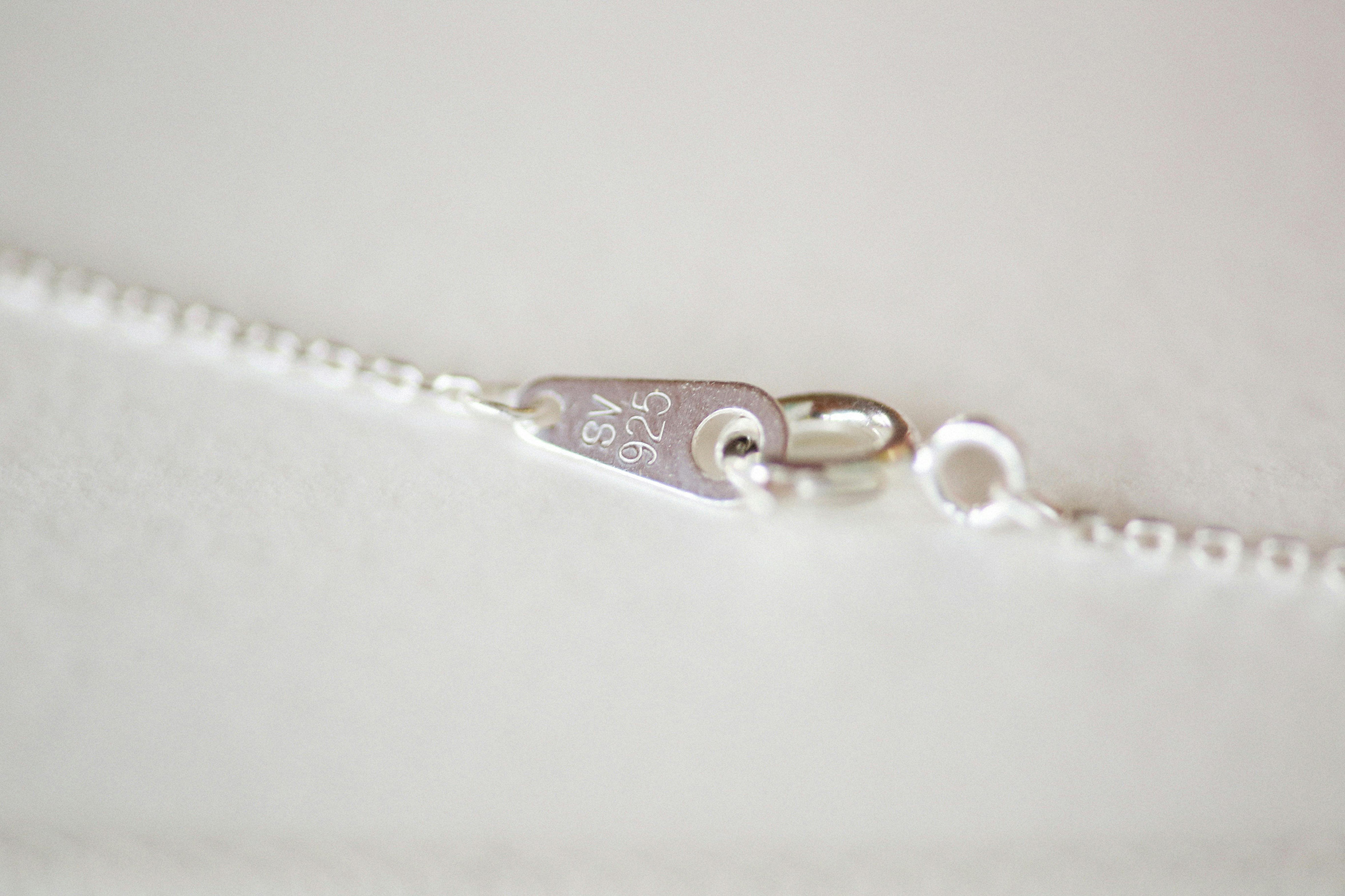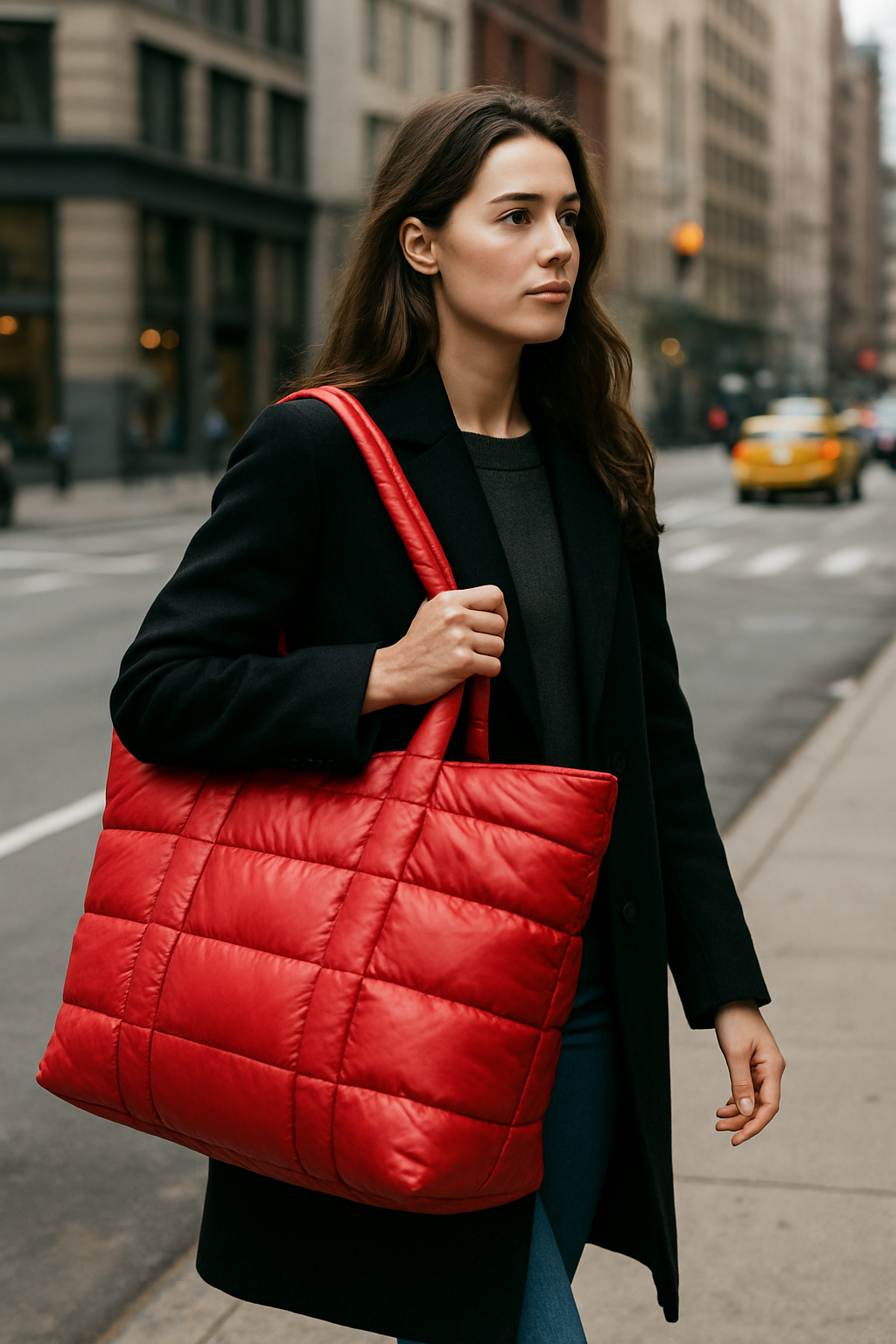Turning a Sea of Problems into Something New
Every year, tons of plastic end up in the ocean, which is a huge problem for the environment. But what if we could turn that trash into something useful and cool? Some companies are doing just that, turning old ocean plastic into strong backpack material. It’s a win-win for the earth and for us.
This guide will take you through the steps of how ocean trash gets turned into backpacks.
The Ocean Plastic Problem: What We’re Working With
What’s Special About Ocean Plastic?
Most of the plastic in the ocean comes from land. This includes:
- Plastic bottles: the most common kind.
- Bags and wrappers.
- Food containers and lids.
- Fishing nets and gear.
Unlike other recycled plastic, ocean plastic needs a lot of cleaning because of the saltwater, sun, and stuff that grows on it in the ocean.
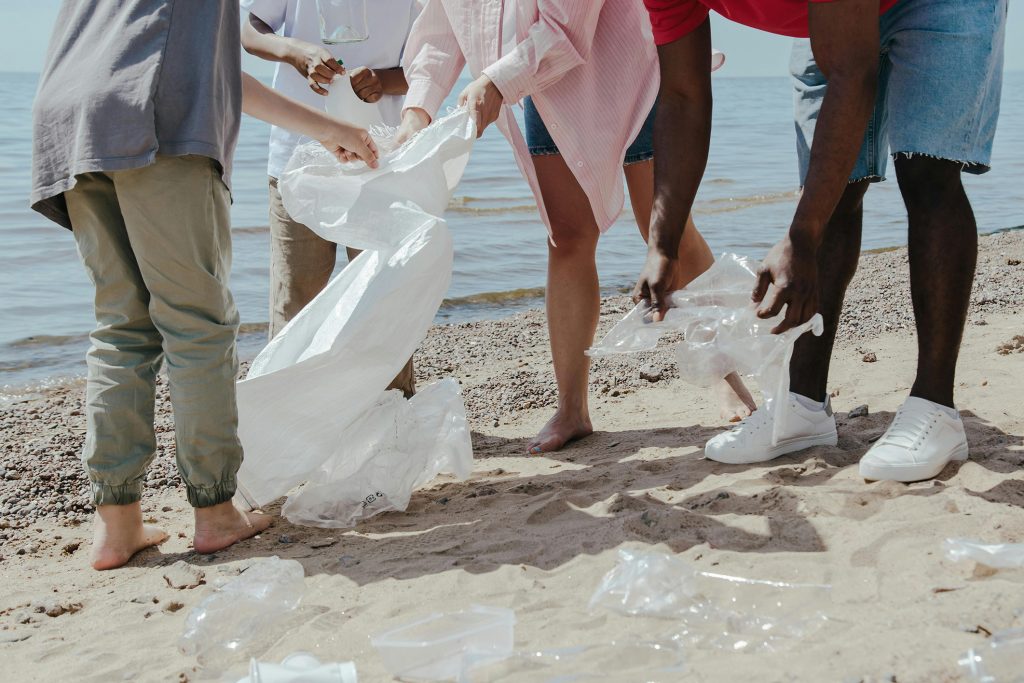
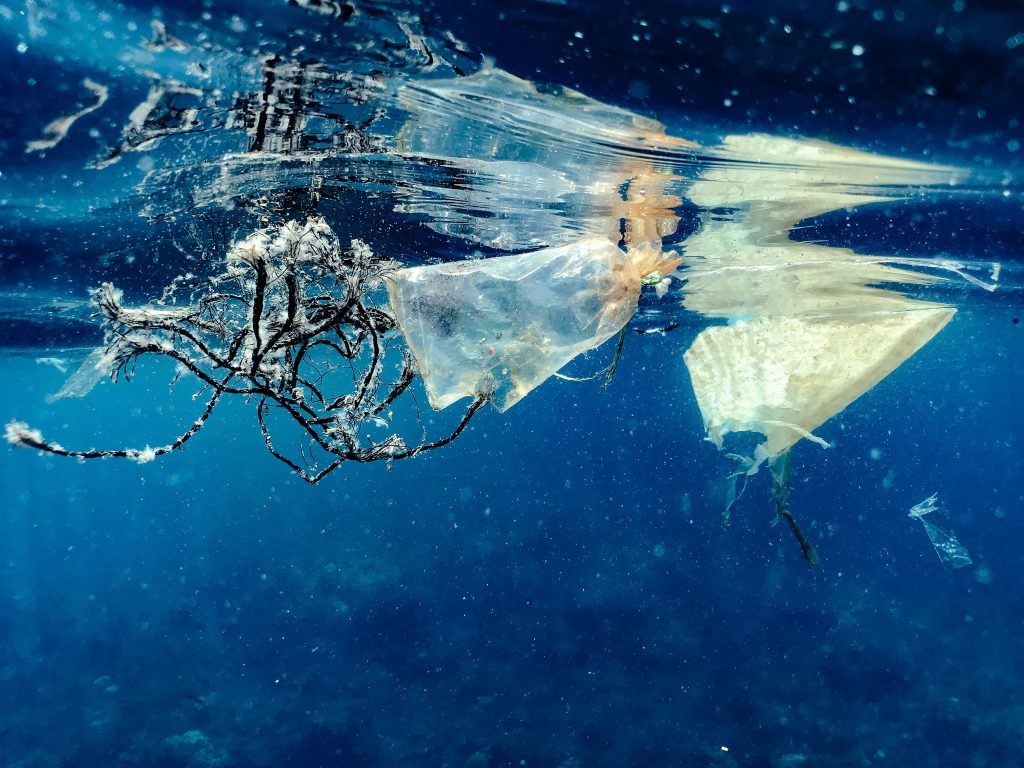
Step 1: Coming Up With Ideas
Research and Planning
Before making anything, companies do their homework:
Checking the Earth’s Health:
- How much plastic can they remove from the ocean?
- How much less pollution will they make compared to using new stuff?
- Where will they get the plastic?
Deciding What Looks Good:
- What kind of backpack do they want to make? Who will buy it?
- How can they make it last long and look good?
- Will it be as strong as backpacks made with regular material?
Planning Where to Get Stuff:
- Who will collect the plastic from the ocean?
- Where will they clean the plastic?
- How will they sell the backpacks?
Example: GOT BAG
GOT BAG is known for making backpacks from ocean plastic. They have a whole system where plastic is cleaned, sorted, turned into small bits, and then melted into pellets. They show how important it is to plan well and team up with local people.
Step 2: Getting the Plastic
How to Collect It
Cleaning Beaches:
- Getting people together to clean beaches.
- Working with groups that care about the earth.
- Focusing on beaches that need the most help.
Working with Fishermen:
Some companies work with fishermen to collect plastic. For example, GOT BAG says, Plastic is collected in their nets and then gets turned into quality yarn, which we use to make the fabrics.
Cleaning the Ocean:
- Using boats that can grab plastic.
- Focusing on areas where there’s a lot of trash.
- Doing this while also doing other ocean work.
Checking the Plastic
Not all ocean plastic can be used for backpacks:
- Bottles: good for making backpack fabric.
- Clean containers: strong enough to use.
- Fishing nets: usually nylon, which makes good, tough material.
Plastic that’s too dirty or broken gets recycled in other ways.
Step 3: Cleaning and Changing the Plastic
Getting Started
1. Cleaning and Sorting
- Washing off salt, sand, and living stuff.
- Sorting the plastic by type.
- Taking off labels and lids.
2. Shredding
The plastic is shredded into flakes and melted into pellets—a key step for getting it ready to be made into new stuff.
3. Washing
- Cleaning the plastic even more.
- Making sure it’s pure.
- Getting it ready to be melted.
Making Pellets
Melting and Shaping:
- Melting the plastic pieces.
- Filtering out junk.
- Shaping the plastic into pellets.
Checking Quality:
- Making sure it’s strong and bends well.
- Checking the color.
- Making sure it’s the right stuff.
Step 4: Making Yarn and Fabric
Turning Plastic into Fabric
Melting and Pulling:
The recycled pellets are melted, pushed through tiny holes to make fibers, and then twisted into yarn—turning solid plastic into fabric.
Making Strong Yarn:
- Pulling the fibers to make them stronger.
- Changing the texture to make them feel good.
What Makes Good Backpack Fabric?
Weight: About the weight of 300-600 strands of silk for strength.
Strength: Good fabric needs to hold more than 50 pounds per square inch.
Resistance to Sun: Needs protection from the sun.
Resistance to Water: Good to have, through fabric treatment
Step 5: Making the Backpack Fabric
How to Weave It
Simple Weave:
- Strong and good for backpacks.
- Strong in all directions.
- Doesn’t tear easily.
Fancy Weave:
- Even stronger for tough backpacks.
- Drapes and bends better.
- Looks nicer.
Making the Fabric Better
Water Protection:
- Coating with water-repellent stuff.
- Using plastic layers for waterproofing.
Other Stuff:
- Stuff to stop smells.
- Sun protection to keep colors bright.
- Fire protection, if needed.
Step 6: Cutting the Fabric
Using Computers
Backpack makers use computers to:
- Cut patterns that don’t waste fabric.
- Find weak spots to make the backpack stronger.
- Make it comfy to carry.
Cutting
Cutting Machines:
- Lasers for cutting carefully.
- Water jets for cutting tricky shapes.
- Machines to cut many layers at once.
Checking:
- Making sure sizes are right.
- Looking for messed up edges.
- Keeping track of all the pieces.
Step 7: Putting It Together
Getting Ready
Picking Parts:
- Using recycled metal if possible.
- Using plastic from the same source.
- Using strong zippers.
Making Straps:
- Often using the same recycled yarn.
- Making them strong where they need to be.
- Making them comfy with padding.
Sewing
Sewing Secrets:
- Sewing twice for strength.
- Adding extra stitches at stress points.
- Hiding seams for a clean look and strength.
Making It Efficient:
- Doing things in steps.
- Checking quality at each step.
- Working smoothly.
Being Kind to the Earth
Some companies make their recycled products at factories that produce zero wastewater, and they reuse the water to water trees.
Step 8: Making Sure It’s Good
Testing
Strength Tests:
- Putting up to 50 pounds in the backpack.
- Opening and closing zippers thousands of times.
- Pulling on straps to see where they break.
Weather Tests:
- Putting it in sunlight to see if it fades.
- Checking if water gets in.
- Heating and cooling it to see if it breaks.
Real-World Tests:
- Letting people use it for a while.
- Asking people what they think.
Getting Approval
Getting Certified:
Products certified have been checked at every step, from where it came from to the final product.
Other Checkups:
- For safe fabric.
- For good design
- For fair treatment of workers.
Step 9: Telling the World
Spreading the Word
Good brands talk about:
- How much plastic they’ve taken from the ocean.
- Where their stuff comes from.
- How they help the community.
Talking About How Well It Works
People need to know that recycled stuff is as good as new stuff:
- Showing how strong it is compared to regular materials.
- Giving warranties to show they believe in their product.
- Sharing reviews from people who use it.
Step 10: Selling It
Selling Directly
Many brands sell stuff online, where they can:
- Share details about being green.
- Offer updates on new products.
- Create a community through earth-friendly stuff.
Teaming Up with Stores
Outdoor Stores:
- These stores care about being green.
- Their customers care about the earth.
Fashion Stores:
- More and more people want green fashion.
- This is a way to stand out from other brands.
Who’s Doing It Now?
GOT BAG
What they make: Backpacks for everyday and travel.
Website: GOT BAG
What’s Cool: They work with fishing communities to collect plastic.
Patagonia
What they make: Black Hole Backpacks
Website: Patagonia
What’s Cool: They’ve used 10,000,000 plastic bottles to make its new Black Hole bags.
Fitz & Huxley
What they make: Ocean Collection Backpacks
Website: Fitz & Huxley
Through local Indian partnerships, their approach is stopping trash from polluting the oceans, recycle it and make new bags from it
ROKA
What they make: Finchley Sustainable Backpack
Website: Royal Museums Greenwich Shop
What’s Cool: They use 12-13 recycled bottles found on beaches and less energy.
Problems and How to Fix Them
Making It Work
Getting Consistent Material:
- Sorting and checking carefully.
- investing in good cleaning machines.
- Working well with suppliers.
Keeping Costs Down:
- Making more stuff.
- Finding better ways to work.
- Selling to people who want the best.
Selling It
Teaching People:
- Being clear about why it’s good.
- Giving guarantees.
- Working with people who have influence.
Dealing with Cheap Stuff:
- Focusing on lasting a long time.
- Building customer loyalty.
- Being the best in terms of quality.
What’s Next?
New Tech
Recycling Chemicals:
Companies are looking into chemical recycling with synthetic materials like polyester, nylon and ECONYL® for recovering even more material.
Tracking Everything:
- Knowing where everything comes from.
- Knowing how much of an impact it has.
- Building trust with customers.
Designing for Recycling:
- Making stuff that can be taken apart and recycled again.
- Making stuff that can be fixed and upgraded.
- Taking stuff back at the end of its life.
Changing the Market
Getting Companies on Board:
- Selling to green companies.
- Selling gifts and promotional items.
- Selling stuff to employees.
Getting Help from the Government:
- Laws to reduce plastic.
- Tax breaks for using recycled stuff.
- Governments buying recycled stuff.
Money Matters
How Much Does It Cost?
Starting Up:
- Getting plastic: $50,000-$200,000
- Cleaning equipment: $100,000-$500,000
- Setting up shop: $200,000-$1,000,000
Keeping It Going:
- Getting and moving plastic: $0.10-$0.30 per pound
- Cleaning: $0.20-$0.40 per pound
- Making stuff: About the same as regular production
Making Money:
- Selling for more: 15-30% more than regular backpacks
- Market size: Growing fast.
- Profit: good if you’re an company.
Helping Communities
Companies create ways for NGO waste collectors and yarn weaving experts to make a living.
How It Helps the Planet
What We Can Measure
Getting Plastic Out of the Ocean:
- Each backpack: 10-25 plastic bottles
- Industry impact: Millions of bottles
- Protecting the ocean by reducing plastic
Reducing Pollution from Making Stuff:
- 30-50% less pollution compared to making new fabric.
- Using less energy.
- Moving things efficiently.
Creating a Circle of Life:
- Keeping waste out of landfills.
- Making products last longer.
- Planning for recycling.
How to Choose a Good One
What to Look For
Check The Tag:
- Look for certification that content is recycled.
- Third-party checks.
- Transparency about where the plastic comes from.
Construction Quality:
- Strong attachments at weak points.
- Good zippers.
- Waterproofing.
Values:
- Cleaning up the ocean.
- Fair treatment of workers.
- Recycling programs.
Taking Care of It
Cleaning:
- Clean it regularly.
- Use earth-friendly soap.
- Let it air dry.
Repair:
- Pick brands that fix stuff.
- Know what the warranty covers.
- Support brands that stand behind their products.
In Conclusion
Turning ocean plastic into backpacks is more than just making something new. It’s about people trying to fix the earth. From collecting plastic to selling backpacks, every step helps the planet.
As we learn more and people care more, we’ll see better materials, processes, and designs. The companies are not just making things, they’re showing that we can make stuff without hurting the earth.
The move from ocean trash to treasure shows that we can turn problems into chances to change the world. Every backpack is a small win, proving that green stuff can be good for the earth and business.
If you want to make better choices, start a green business, or just learn about new ideas, the ocean plastic backpack world has great examples of how business can help the earth.
#OceanPlastic #Backpacks #RecycledMaterials #EcoFriendly #CircularEconomy #OceanSaving #SustainableFashion #Recycling #NewIdeas #NoWaste #GreenLiving #Backpack #Ocean #GreenMaking #BetterDesign #Plastic #EcoMinded #GoodProduction #OceanLife #GoodForTheEarth
